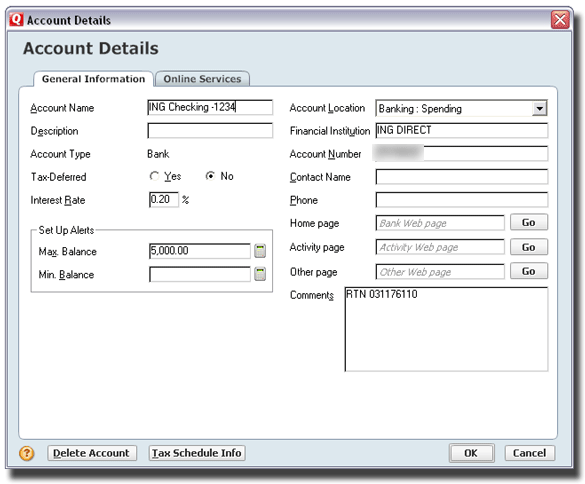By now, of course you’ve read the news: GM has “paid back” its government loans. Radio, TV, and internet channels have been full of ads:
I’m Ed Whitacre from General Motors. A lot of Americans didn’t agree with giving GM a second chance. Quite frankly, I can respect that. We want to make this a company all Americans can be proud of again. That’s why I’m here to announce that we have repaid our government loan, in full, with interest, five years ahead of the original schedule. But there’s still more to do. Our goal is to exceed every expectation you set for us…
The major media outlets are pumping this to no end, as is GM. (And I would know: GM’s dealer portal had a cheerful, “We paid back our loans!” message waiting for us early Wednesday morning.) GM has gone so far as to purchase Google Adwords ads to highlight the occasion:
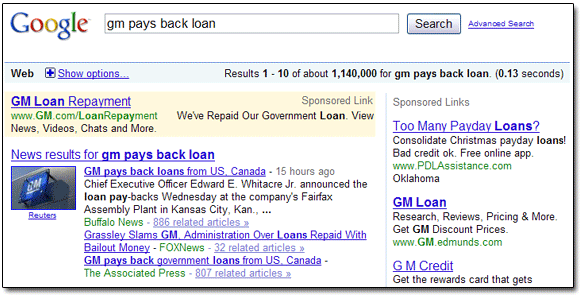
And politicians — themselves connoisseurs of PR stunts and accounting chicanery — are wasting no chance to tout this “huge accomplishment.”
It’s a testament to my cynicism, I suppose. When I first heard the news of GM’s “payoff,” I was dubious. How does a company that hasn’t earned a profit since 2004, and which has lost $4.3 billion since it emerged from bankruptcy (July to December 2009), manage to “pay back” its taxpayer-funded loans, in full, far earlier than anyone expected?
Did they shaft some other creditor to come up with the money?
Did they sell some of their diamond-studded corporate assets?
Or was it … something else?
Yeah. Knowing GM as I do, this whole story reeked of 350-horsepower shenanigans.
GM and Loans “Paid Back”
I turn here to the nattily-attired folks in the U.S. Senate Finance Committee, who lately held hearings regarding proposed financial reforms and the performance of the TARP program to date. In particular, I call attention to Neil Barofsky, the Special Inspector General charged with oversight of the TARP program. At roughly the 43-minute mark of the following video…
Senate Finance Committee: TARP Hearings, April 20, 2010
…we hear Mr. Barofsky respond to a question posed by Senator Thomas Carper. And that’s when GM’s smoke-and-mirrors PR stunt is shown for what it is:
SENATOR THOMAS CARPER: Do I understand that GM recently paid back a billion dollars of its obligation to the Treasury?
NEIL BAROFSKY: GM has paid a billion dollars, and I think they’ve announced that they’re going to be paying back the debt portion, which is about — I think there’s about six billion dollars left — in its entirety very shortly. We need to be a little bit cautious about that, because the way that that payment’s going to be made is by drawing down an equity facility of other TARP money. So it’s good news, in that they’re reducing their debt, but they’re doing it by taking other available TARP money to repay the TARP. It’s good news because it means that money, which was going to be available for future problems with GM, that there’s been a determination that they don’t need it. But we should caution that it’s not necessarily being generated out of earnings, but out of other TARP funds.
SENATOR CARPER: When do you think we’ll have “really” good news from GM?
NEIL BAROFSKY: Um, I don’t have that crystal ball, Senator.
Look: The fact that GM is talking about paying back any sort of government assistance “in full” is disingenuous at best, and a straight-up lie at worst. They’ve been handed roughly $50 billion of U.S. taxpayer money in total; GMAC has snagged another $13 billion or so. During bankruptcy, the government reduced GM’s “$50 billion in loans” to “$6.7 billion in loans,” and converted the rest to company stock.
So, on behalf of the taxpayer, Treasury traded debt (a legal right to repayment) for company equity (shares of ownership whose value is determined by the whims of the market).
According to Senator Charles Grassley, ranking Republican on the Senate Finance Committee, that’s pretty much what happened here, too.
Fox News: Grassley Questions GM Payback
Detroit Free Press: Two From GOP Criticize Aid
“The taxpayers are still on the hook,” Grassley wrote in a letter to Treasury Secretary Tim Geithner, “and whether TARP funds are ultimately recovered depends entirely on the government’s ability to sell GM stock in the future. Treasury has merely exchanged a legal right to repayment for an uncertain hope of sharing in the future growth of GM. A debt-for-equity swap is not a repayment.”
Another fun snippet from the letter:
The bottom line seems to be that the TARP loans were “repaid” with other TARP funds in a Treasury escrow account. The TARP loans were not repaid from money GM is earning selling cars, as GM and the Administration have claimed in their speeches, press releases and television commercials. When these criticisms were put to GM’s Vice Chairman Stephen Girsky in a television interview yesterday, he admitted that the criticisms were valid:
Question: Are you just paying the government back with government money?
Mr. Girsky: Well listen, that is in effect true, but a year ago nobody thought we’d
be able to pay this back.
And my coworkers wonder how it is that I’ve become so cynical.
And just as a point of reinforcement, Mr. Barofsky reiterated his oh-so-telling Senate committee comments shortly thereafter:
I think the one thing that a lot of people overlook with this is where they got the money to pay back the loan. And it isn’t from earnings. It’s actually from another pool of TARP money that they’ve already received. …I don’t think we should exaggerate it too much. Remember that the source of this money is just other TARP money.
Accounting games: The only thing America is good at any longer.
Trust? Pride? Is This Guy Serious?
 I keep going back to watch the GM “Repayment” PR video. I’ll post it again, because it staggers me that any self-respecting CEO could stand in front of the cameras and spew this stuff (note the U.S. taxpayers seated in the background):
I keep going back to watch the GM “Repayment” PR video. I’ll post it again, because it staggers me that any self-respecting CEO could stand in front of the cameras and spew this stuff (note the U.S. taxpayers seated in the background):
I’m Ed Whitacre from General Motors. A lot of Americans didn’t agree with giving GM a second chance. Quite frankly, I can respect that. We want to make this a company all Americans can be proud of again. That’s why I’m here to announce that we have repaid our government loan, in full, with interest, five years ahead of the original schedule. But there’s still more to do. Our goal is to exceed every expectation you set for us…
Exceed every expectation, huh?
What if my expectation is for you to just tell the truth? (Crazy, I know.)
What if my expectation is for you to leave all the left-hand-pays-the-right-hand accounting schemes to Wall Street banks and assorted other street hustlers? (And the government. Oh wait — you’re learning from them first-hand already.)
What if my expectation is for you to have at least a modicum of respect for U.S. taxpayers and consumers, and to NOT use crappy accounting schemes as a basis for national PR campaigns?
Or how about this: How about you just carry yourselves in a manner that doesn’t make me embarrassed to be associated with you?
Ah, no matter. I’ve had astoundingly low expectations for GM for a long, long time now.
And somehow … somehow … they can’t overcome even the lowest of bars.
(EDIT: Turns out GM was asking for more loans, even before this “payoff.”)



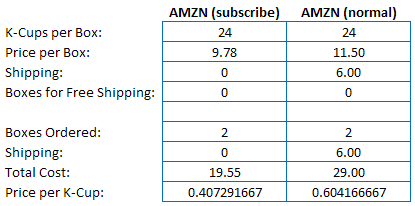
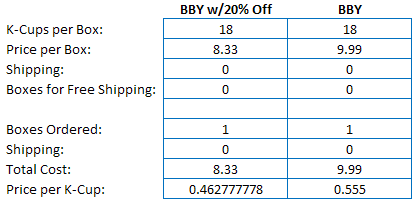
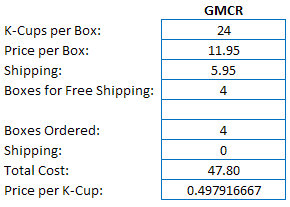

 Those account names are fine so far as they go. But one thing I’ve discovered over the years is that it’s also very helpful to put the last four digits of the account numbers at the end of your account names. Why?
Those account names are fine so far as they go. But one thing I’ve discovered over the years is that it’s also very helpful to put the last four digits of the account numbers at the end of your account names. Why? 